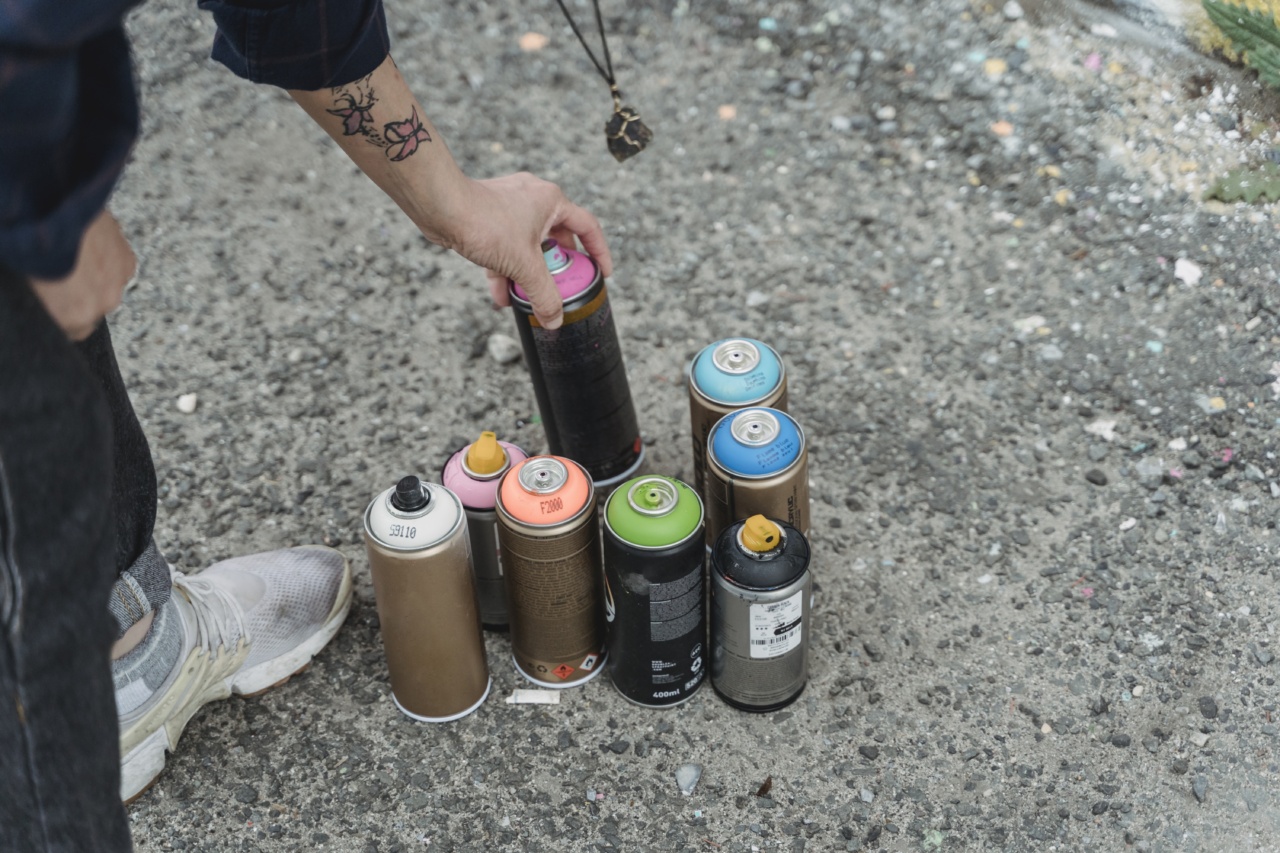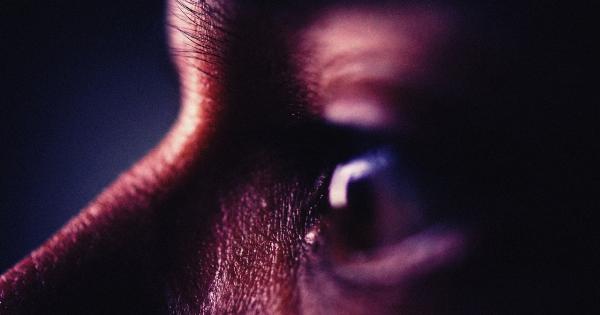Have you ever wondered how many smells your nose can detect? Our sense of smell may not be as strong as a dog’s, but it’s still pretty amazing. Humans can detect more than 10,000 unique scents, from fragrant flowers to putrid garbage.
But what factors can impact our sense of smell and how many scents can we really distinguish? Let’s explore the fascinating world of olfaction.
The Science of Smell
The ability to smell is the result of chemical compounds that waft through the air, entering our nostrils and interacting with receptors in the olfactory epithelium.
This is a small patch of tissue high up in the nasal cavity that contains about 50 million receptor cells. Each of these cells has one type of odor receptor, and when a particular chemical compound binds to that receptor, it sends a signal to the brain that we interpret as a specific smell.
The olfactory system is incredibly sensitive, with some receptors responding to just a few molecules of an odor. This is why we can detect even the faintest of smells. However, not all smells are equal in strength or complexity.
Types of Smells
Our sense of smell can be broken down into a few different categories. The first is known as primary smells, which are the five basic categories that we learn about in elementary school: sweet, sour, bitter, salty, and umami.
These primary tastes are detected by receptors on the tongue rather than the nose, but they still play a role in our sense of smell.
Secondary smells are the scents that we typically associate with foods and beverages. These include things like vanilla, citrus, coffee, and spices.
Tertiary smells are the subtle notes that we might not consciously identify but still play a role in our overall perception of a smell. These tertiary smells can create a sense of depth and complexity, almost like layers of fragrance.
Factors that Affect Your Sense of Smell
There are several factors that can influence our sense of smell. One of the most obvious is congestion or a blocked nose. If your nostrils are stuffed up due to a cold or allergy, you might not be able to detect scents as well as you normally would.
The same is true if you’ve been smoking or inhaling other substances that can damage the olfactory receptors.
Age can also play a role in our ability to detect scents. As we get older, our sense of smell tends to decline.
This can be due to a number of factors, including changes in the nasal cavity, exposure to environmental pollutants, and changes in the brain itself. Women tend to have a slightly better sense of smell than men, which may be due to hormonal differences.
Challenging Your Nose
If you want to test the limits of your sense of smell, there are a few things you can do. One is to try smelling a variety of different scents and seeing if you can identify them.
This can be as simple as smelling different spices in your kitchen or taking a whiff of flowers outside. Another option is to participate in a “smell test,” which can be administered by a doctor or done at home with an online quiz.
One interesting study on olfaction found that expert perfumers’ sense of smell was actually less sensitive than non-experts in some cases.
This could be because the perfumers were exposed to so many different fragrances that their brains became desensitized to certain smells. In other words, sometimes it pays to be a novice!.
Conclusion
So, how many scents can your nose handle? The answer is probably more than you think. With more than 10,000 unique smells to detect, our sense of smell is incredibly sensitive and powerful.
However, there are still factors that can affect our ability to distinguish between scents, from congestion to age to exposure to different fragrances. If you want to improve your sense of smell, try challenging yourself with different smells and participating in some smell tests. You might be surprised at what you can detect!.























